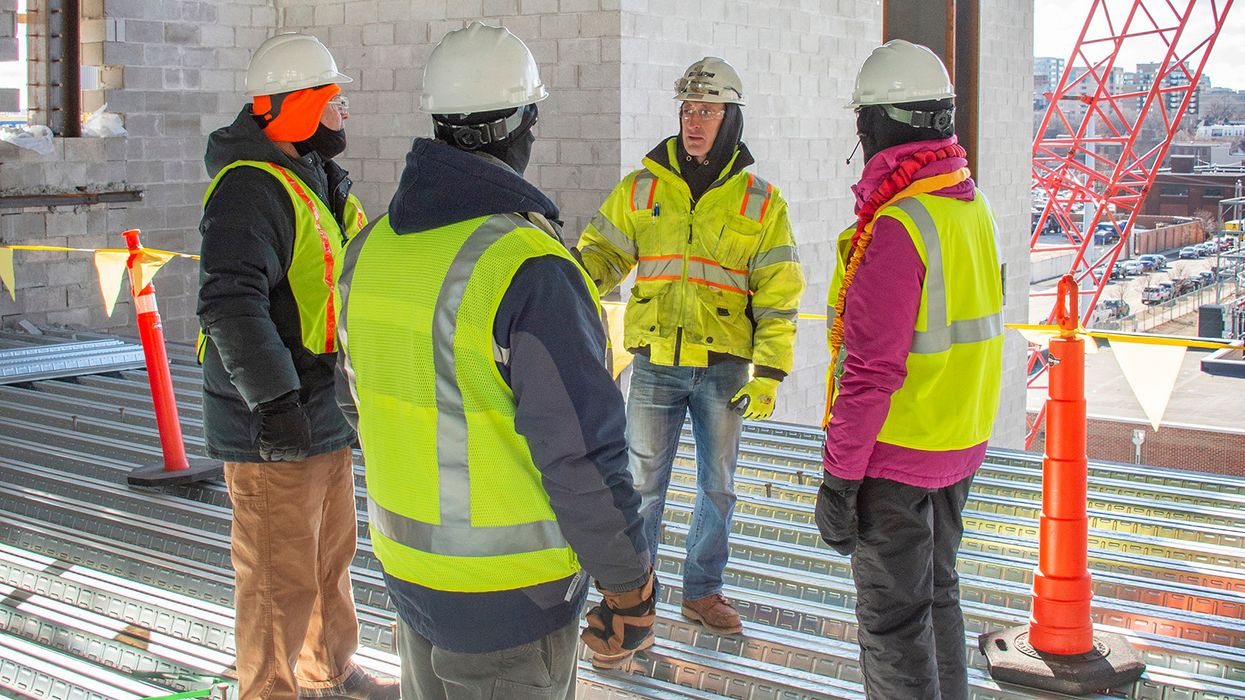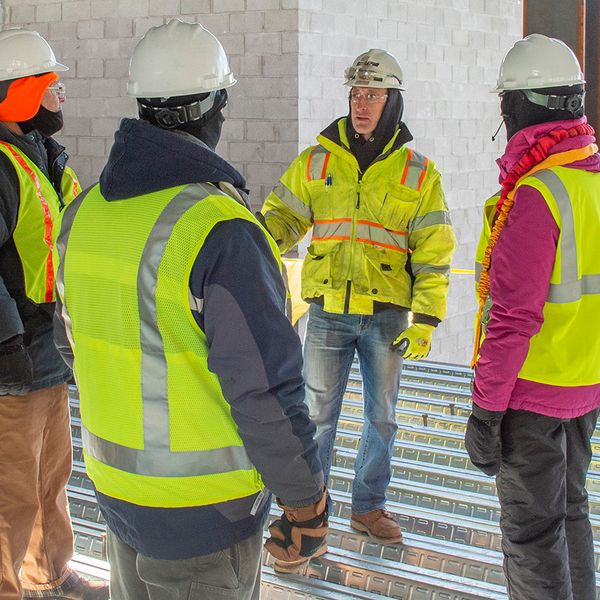More complaints could arise from OSHA, NLRB teamwork
If you get a visit from an OSHA inspector this year, don’t be surprised if there are some follow-up questions about wages, working conditions, and other employee rights issues.
OSHA and the National Labor Relations Board (NLRB) signed a Memorandum of Understanding last October where they agreed to share information.
The NLRB is primarily concerned with labor practices, while OSHA focuses on safety and health, but the agencies share an interest in protecting an employee’s right to identify or complain about unsafe or unhealthy working conditions. In addition, they cooperate when they come across a violation that could fall into the other’s scope.
What OSHA and the NLRB agree do to
Under the agreement, the agencies will:
- Establish a process for more broadly sharing information,
- Conduct cross-training for staff at each agency,
- Partner on investigative efforts,
- Engage in joint outreach at conferences and events, and
- Enforce anti-retaliation provisions.
The workplace impact of OSHA and NLRB’s agreement
Here’s what this could look like in your workplace:
- If an OSHA inspector finds that an employer is questioning employees’ ability to form a union, making false statements to workers who are looking to unionize, or committing another unfair labor practice, the OSHA inspector will provide employees with the NLRB’s phone number and website.
- If an employee files an OSHA whistleblower complaint beyond the agency’s 30-day deadline, OSHA will suggest that the worker contact the NLRB to discuss their rights. The NLRB’s time limit is six months and, like OSHA, the agency protects an employee’s right to complain to management about unsafe or unhealthful working conditions. The worker’s complaint could still have standing.
- If the NLRB learns that workers are exposed to health or safety hazards, it will advise the workers to get in touch with OSHA promptly and will provide contact information.
Steps for employers to take
To avoid violating employee rights, and receiving unwanted visits or communication from the agencies, remember that:
- Workers have the right to report safety and health concerns. Taking action against a worker for making a complaint could result in a retaliation violation.
- Under the National Labor Relations Act (NLRA), workers have the right to discuss terms and conditions of employment, as well as union organizing.
- If workers are represented by a union, the collective bargaining process could provide a way to set up a structure to address health and safety. This could include a process for identifying and reporting hazards, developing safe work methods, and tracking progress.
- Retaliating against a worker who reports a safety or health concern could raise red flags with both OSHA and the NRLB. Both the Occupational Safety and Health Act and the NLRA prohibit retaliation against workers for reporting a safety or health issue.
- Retaliating against workers who refuse to perform dangerous work, or who protest and strike because of unsafe working conditions, could violate the acts as well.
- A policy or practice of discouraging employees from reporting incidents could also violate the acts. For example, if reporting an incident would keep employees from getting a reward, bonus, or prize, this could be a violation. A policy should not interfere with a worker’s ability to report a safety or health concern.
- Collaborating with workers to identify and resolve issues can build trust and lead to workplace improvements that are beneficial to all.
Key to remember: OSHA and the NLRB’s collaborative efforts mean that the agencies could be watching for workplace violations that fall under the other’s umbrella. Employers should take steps to set up effective programs that promote safety and health without infringing on employee rights.



















































